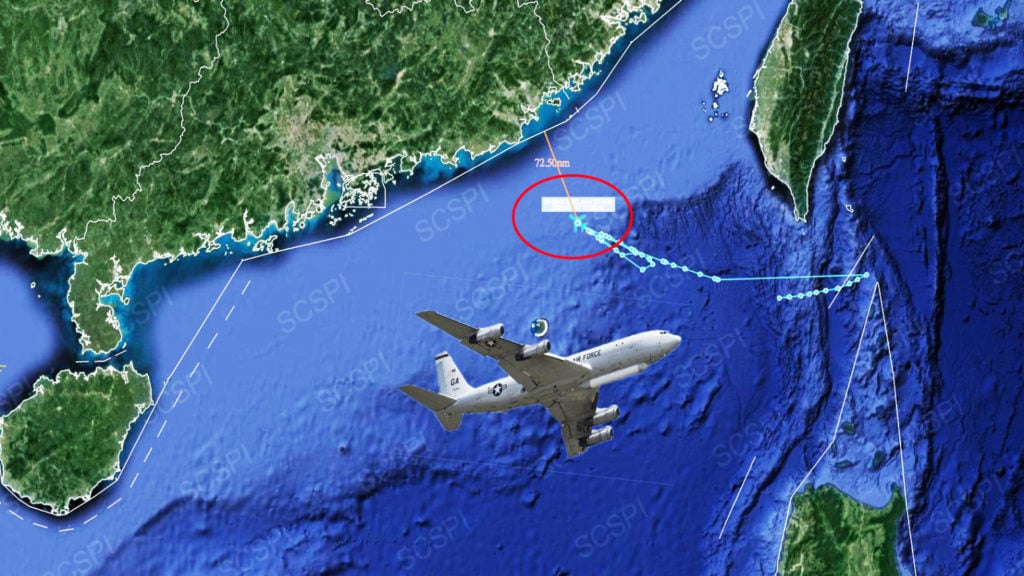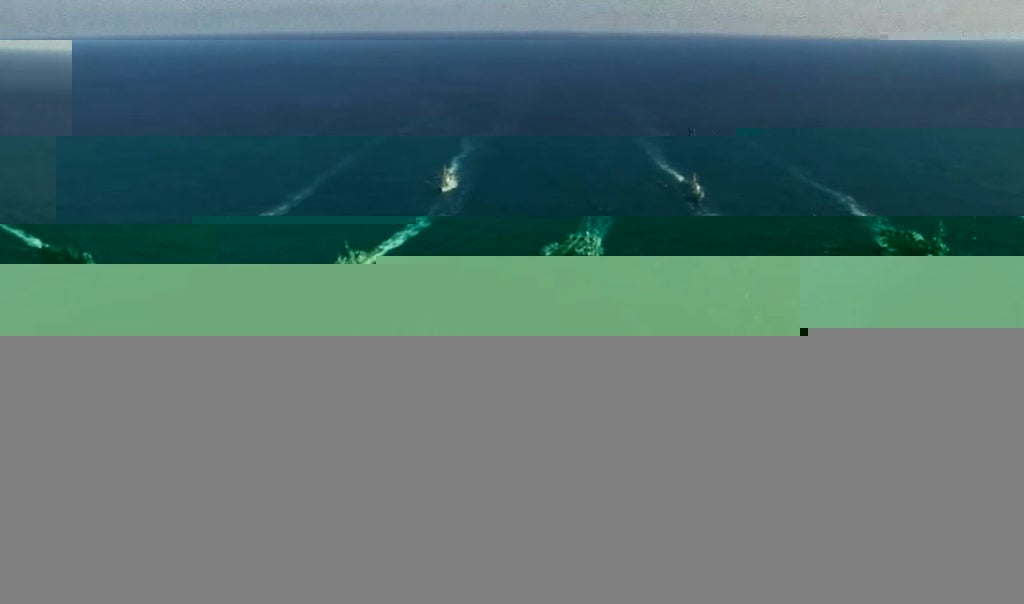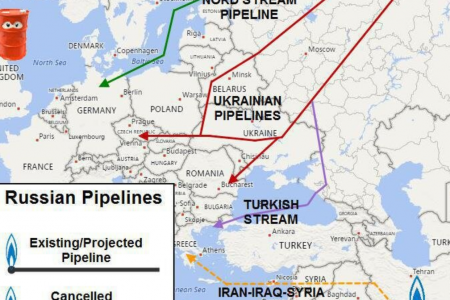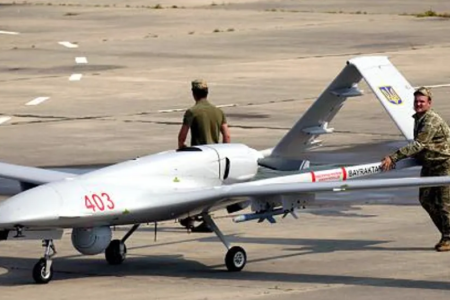The Chinese military is conducting a live-fire drill near the Leizhou Peninsula, in Guangdong province, which is close to Hainan Island, state media reported.
The exercise took place at the gateway area into the South China Sea starting Saturday, amid growing tensions with US-China relations on a variety of issues, including the South China Sea (East Sea) dispute and the US sells weapons to Taiwan.
Global television channel (CGTN) of the Chinese national television on July 25 posted a video with content saying fighters of an air brigade in the Naval Forces of the Southern Operation Command shoot real bullets at targets at sea.
The Global Times report quoted a Chinese military expert as saying the drills would likely include air-to-ground and air-to-air activities of Chinese military fighters.
The expert also hopes that this will be a joint exercise with the participation of various troops, including the Navy and Artillery, with the use of Chinese ballistic missile defense systems.
It is reported that this exercise will take place in two phases.
Phase one will be from July 25 to July 27, at a large rectangular area off the coast of the Leizhou Peninsula. The second phase, from Ju;y 28 through August 2, is in a smaller, circular area with an radius of 8 km, located within the sea, according to the Chinese military’s notice.
The announcement said the exercise would cover a large area and be carried out with “highly destructive” ammunition. The Chinese military banned all civilian ship operations from entering the area until the exercise ended.
China has recently conducted consecutive exercises in the South China Sea, including a live-fire exercise demonstration of a naval bomber of the China Southern Liberation Operations Command, a demonstration bomber night sea patrols during July 20-22, and anti-submarine drills in early July, the Global Times cited Chinese military press releases.
The latest exercise took place at a time when the US military had a strong activity in the South China Sea.
The US earlier this month deployed two aircraft carriers and escort fleets, warships entering the South China Sea, and sending reconnaissance aircraft into the area.
Last week, Washington rejected China’s maritime claims for the first time in the South China Sea, where many other countries in the region, including Vietnam, also claimed.

US reconnaissance aircraft have a record presence in the South China Sea
According to a Chinese research institute, US reconnaissance aircraft are being deployed to record levels on the coast of China and the South China Sea.
The South China Sea Strategic Situation Probing Initiative (SCSPI) said that just last week, several US Air Force E-8C reconnaissance aircraft were discovered within 100 nautical miles of the southwestern coast of Guangdong Province in 4 separate installments.
On July 23, SCSPI released a recording showing what appeared to be a warning from the Chinese navy to a US military aircraft to ask the plane to change direction, otherwise it would be prevented.
It is not clear what the aircraft is but it is believed to have flown near China’s southern coast, north of the Taiwan Strait. Nor is there any information on whether China will deploy a deterrent aircraft.
“At this time, the US military is deploying three to five reconnaissance aircraft every day to the South China Sea. In the first half of 2020, US air reconnaissance with this area has entered a new phase with higher frequency and closer approach and much more diverse tasks,” SCSPI said.
The research institute revealed that US aircraft have been “unusually approaching” into Chinese airspace several times since April. The latest was in May when a P-8A Poseidon aircraft from the sea. US troops, designed for anti-submarine warfare, are close to the 12-mile limit near China’s Hainan Island.
Their figures show that US aircraft usually reach areas about 50 to 60 nautical miles from the mainland. A record was set: Up to 50 aircraft types from US bases to the South China Sea in the first three weeks of July, coinciding with the time when the US and China conducted separate exercises in the region.
SCSPI said it counted up to eight US aircraft, including the P-8A EP-3E, RC-135W, and KC-135, on peak days, including July 3, when the USS aircraft carrier Ronald Reagan and USS Nimitz, together with their own combat groups, entered the region.
There is evidence that China has deployed fighters to Woody (Phu Lam) Island in the disputed Hoang Sa (Paracels) in the South China Sea, according to Forces.
The move comes two days after US Secretary of State Mike Pompeo stated that Beijing’s claims to offshore resources in most of the South China Sea are “completely illegal.”
The move was also in response to US-led naval exercises in the South China Sea and increased tension across the region as a whole, according to Forbes.
The aircraft is believed to be a Chinese-made J-11B, a variant of the famous Russian Flanker fighter jet – originally known as the Sukhoi Su-27 Flanker.
This aircraft is equivalent to the F-15 Eagle used by the US Air Force.
Chinese fighters are on the runway at Phu Lam Island in the Paracels. Despite the fact that it is occupied by China, this island is also claimed by Taiwan and Vietnam and is one of many disputed islands in this area.
China has increased construction in the South China Sea in recent years and has deployed fighters and bombers to the area before.
In another development, US E-8C reconnaissance planes appeared near the coast of Guangdong Province, China on July 17, according to Twitter information from the South China Sea Strategic Situation Probing Initiative (SCSPI), a research group at Beijing University (China).
Earlier, commercial satellite images from April 17 to June 25 showed that China took heavy machinery to the northwestern coast of Phu Lam Island to dredge and replenish, according to Benarnews.
China’s artificial island acclamation campaign has been widespread from 2014 to 2016 in the South China Sea, destroying the natural environment and militarizing the islands and reefs it occupies.
The four largest bases China maintains in the South China Sea – Subi Rock, Cross Stone, Mischief Reef, and Phu Lam Island – are virtually imperceptible since the accretion ended in 2017, creating deep-water harbors, runways, and living areas. But small-scale dredging continues, as this latest satellite image shows.
New dredging on Phu Lam is done by China at a sensitive time, according to Benarnews.
In May, Indonesia joined Vietnam, the Philippines, and Malaysia in accusing China of asserting sovereignty over the entire South China Sea in a series of notes to the United Nations.
Indonesia cited the 2016 decision of the Permanent Court of Arbitration, which rejected most of China’s claims to the disputed waters, asserting that no Chinese “island” could create an exclusive economic zone, and they are rocks.
Recently, China tried to threaten Vietnam’s joint oil production projects in the South China Sea with international partners by bringing a survey vessel into Vietnam’s exclusive economic zone on June 17.

The two U.S. Navy aircraft carrier combat groups on July 17 resumed joint exercises rarely seen in the South China Sea, for the second time in July US battleships coordinated exercises in the disputed sea.
The USS Ronald Reagen and USS Nimitz aircraft carrier combat groups, with a total of more than 12,000 military personnel and escort cruisers and destroyers, have begun operations in the South China Sea from July 17, Pacific Fleet of the US said in a notice.
Thoibao.de (Translated)




























